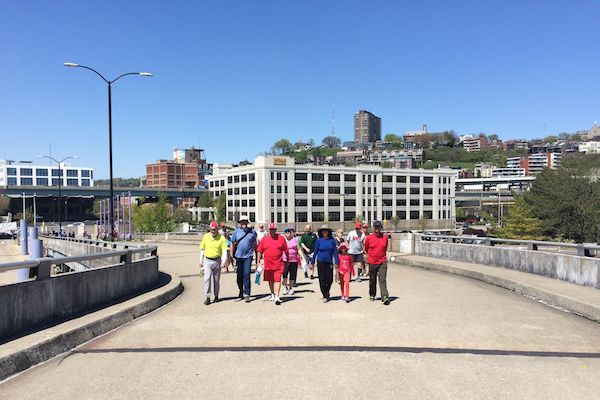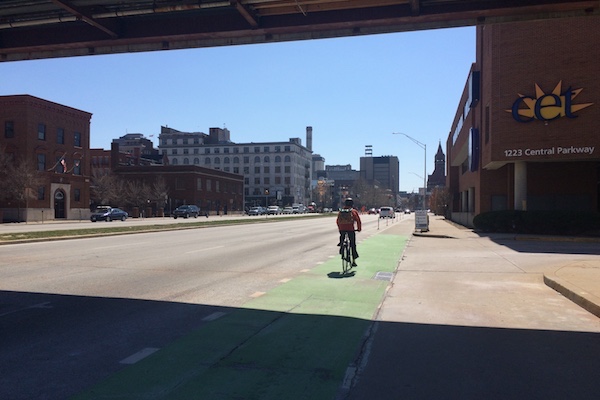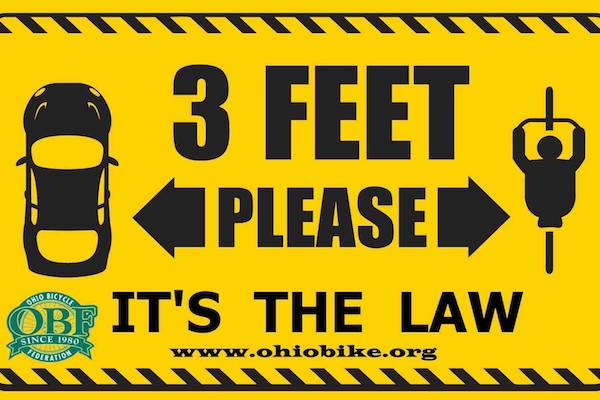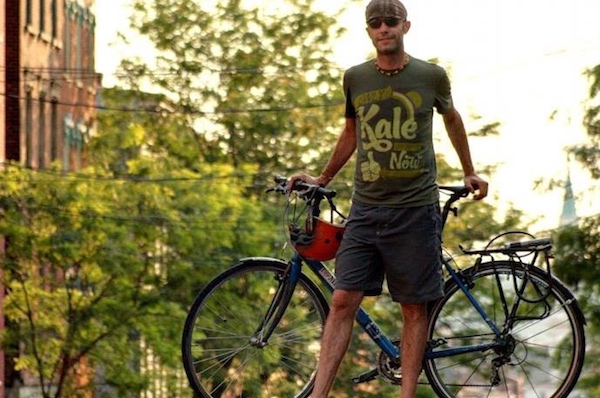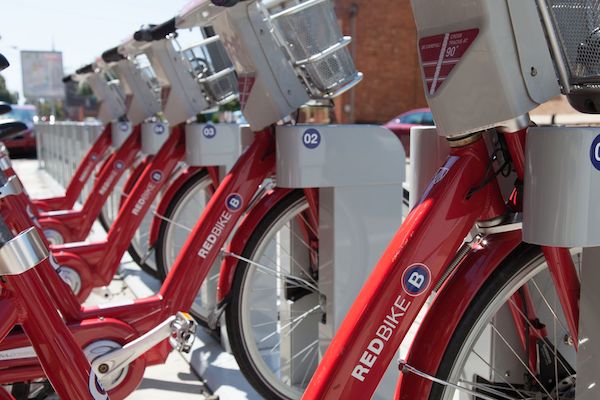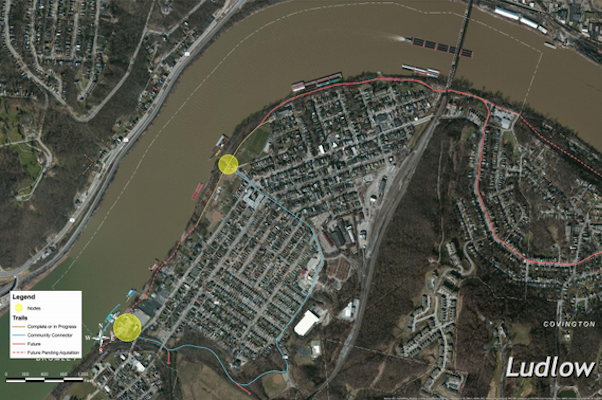Neighborhoods across Cincinnati take steps (and pedal) toward post-automotive future
Much of Greater Cincinnati's infrastructure was built before cars became the preferred mode of transportation. Now, with help from elected officials, groups of cycling and walking enthusiasts are making a concerted move back to a pedestrian-friendly reality.
From walking trails and bike lanes to expanded sidewalks that accommodate both walkers and cyclists, Greater Cincinnati is improving residents’ access to safer routes for non-motorized modes of transportation.
The Cincy Red Bike stations popping up in neighborhoods all over the TriState, improved trails in Northern Kentucky’s riverfront communities and added sidewalk access in places like Anderson Township are all contributing to this movement.
“There are lots of good initiatives going on,” says Frank Henson, board president for local cycling advocacy group Queen City Bike.
But there’s still a need to continue to push on the issues, says Danny Korman, a well-known local walking/biking advocate and former owner of Park+Vine in Over-the-Rhine, which closed earlier this year. He feels car traffic is still an issue for cyclists, and some roads need more connecting bike lanes.
Effective March 21, a new Ohio state law gave a safety boost to bikers by requiring motorists to give people on bikes three feet of clearance when passing.

In the grand scheme, commuter biking still only makes up one percent of all trips in Cincinnati, according to the 2015 U.S. Census. The city also ranked 39th out of the 70 largest cities when it comes to the percentage of commuters pedaling to work.
But bike riders are becoming more visible all around town, as evidenced by the popular Red Bike, a pay-per-ride bike share program that started in 2014 with a handful of downtown racks. According to spokesperson Jason Barron, Red Bike is up to 56 stations and 442 bikes and has been “enthusiastically embraced by the city.”
And it’s not just young people using them; demographics show 50 percent women and 50 percent men are using Red Bikes, with age and ethnicity of riders running the gamut. Those numbers equate to about 240,000 rides since the program launched and approximately 100,000 rides per year, Barron says.
For Red Bike, it’s now about growing ridership by getting new riders to try it for the first time. Barron says Red Bike might extend its service into more local communities, but that growth is slower for now.

Korman says bicycle safety and access depends on where you are in Greater Cincinnati. Korman highlights, for example, the heavy car traffic that impedes riders using the not-yet-complete protected bike lanes that run along Central Parkway from downtown to Northside.
Even though these lanes are clearly marked, cars are still being parked between the pylons and the curb, which is where bicyclists are supposed to ride.
Henson points to positive efforts like those by regional sustainability group Green Umbrella, whose ongoing plans for increasing walking and biking in the region include a 42-mile urban loop that would connect existing trails to schools, work places and bus stops. (View a map of the planned Cincinnati Connects trail here.) The first phase of the project is underway, and design work will start on a second section this summer.
“It’s such a great step forward,” says Henson, who adds that once the urban loop is completed, bikers will be able to stop at bus stops if they need a ride to another part of the city and catch a ride up a steep hill by putting their bike on the bus’s front rack.
Meanwhile, a Miami-to-Miami trail network feasibility study is currently underway; the project could eventually connect Cincinnati’s northern communities.
Across the river, an 11.5-mile pedestrian trail called Riverfront Commons will soon connect all six Northern Kentucky river cities. The project won a $1.2 million grant for work that is scheduled to begin this May and will be overseen by Southbank Partners.
As far as hills go, Henson says they’re not really slowing down bikers, since anyone encountering a hill too steep to pedal can always hop off and walk those portions. “The rule in Cincinnati is that you’ll never meet a hill that you cannot walk. There’s nothing wrong with that.”
Sidewalk projects are in the works for travelers by foot, too. Examples include new construction in Anderson Township and Fort Thomas, as well as sidewalk-revamp projects underway along Eggleston Avenue on downtown’s east side and Monmouth Street in Newport.
Steve Sievers, assistant administrator for operations in Anderson Township, says his team has been focusing on walkability for the last 20 years. The township’s goal is to increase the use of sidewalks and other footpaths by adding shade and benches.
“We’re being strategic about it,” he says, while noting that some segments will never have sidewalks because the cost outweighs the potential benefit.
Korman, who is co-author of Walking Cincinnati, says much of our infrastructure predates cars, and the city was therefore built for walking. His book highlights good walking areas in the city.
“It’s not entirely under threat,” Korman says. “But we need to constantly pay attention to our oldest areas and all the river towns as well.”

